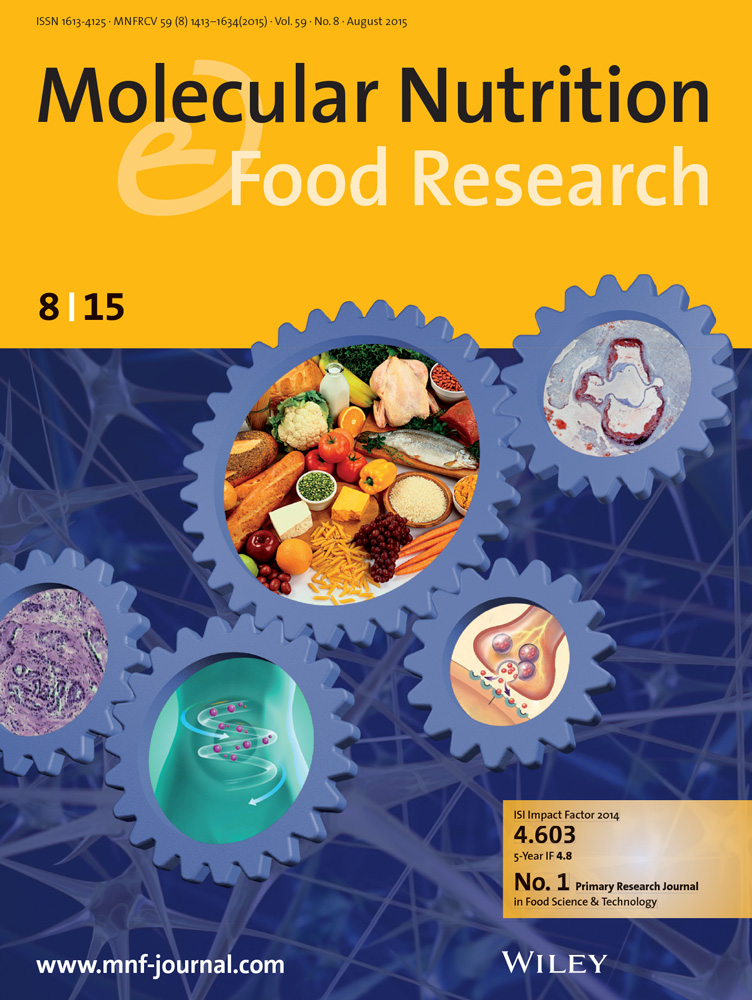Study on the Mechanism of Galangin on Hyperuricemic Nephropathy Based on Metabolomics and Network Pharmacology
Abstract
Galangin (GAL), a flavonol found in Alpinia officinarum and propolis, is a promising functional food. This study investigated the therapeutic effects and mechanisms of GAL in mice with hyperuricemic nephropathy (HN) by focusing on renal metabolomics and network pharmacology. In this study, we conducted untargeted metabolomic analysis and network pharmacology prediction. Subsequently, a compound-reaction-enzyme-gene network was constructed based on the results of metabolomics and network pharmacology to elucidate potential connections. The results demonstrated that GAL can improve renal interstitial fibrosis and inflammatory infiltration and reduce serum levels of uric acid (UA), urea nitrogen (UREA), and creatinine (CREA). Metabolome analysis indicated that GAL affected thiamine, pyrimidine, nicotinate, nicotinamide, pyruvate, glyoxylate, and dicarboxylate metabolism. Network pharmacology and experimental results showed that GAL reduced the key target expression of the tumor protein P53 (TP53), tumor necrosis factor (TNF), signal transducer and activator of transcription 3 (STAT3), heat shock protein 90 alpha family class A member 1 (HSP90aa1), albumin (ALB), and caspase-3 (CASP3). GAL also downregulated the expression of Janus kinase 2 (JAK2), phospho-JAK2 (P-JAK2), and phospho-STAT3 (P-STAT3). Furthermore, a joint analysis of the metabolome and network pharmacology showed that GAL can reverse HN through amino acid metabolism, nucleotide metabolism, energy metabolism, and endocrine system pathways. GAL can alleviate HN effectively and might play synergistic therapeutic roles through regulating metabolic profiles and the JAK2/STAT3 signaling pathway.


 求助内容:
求助内容: 应助结果提醒方式:
应助结果提醒方式:


